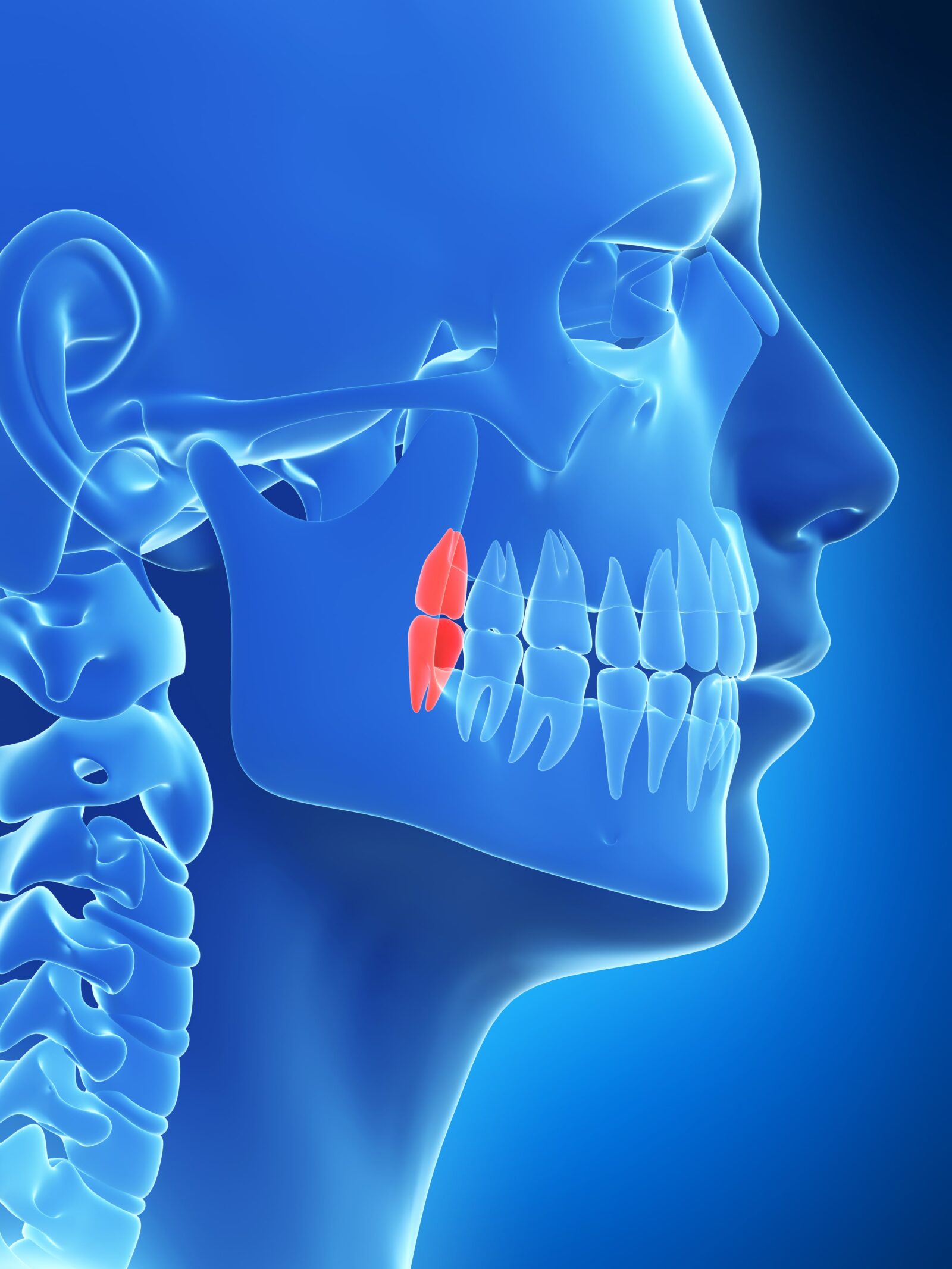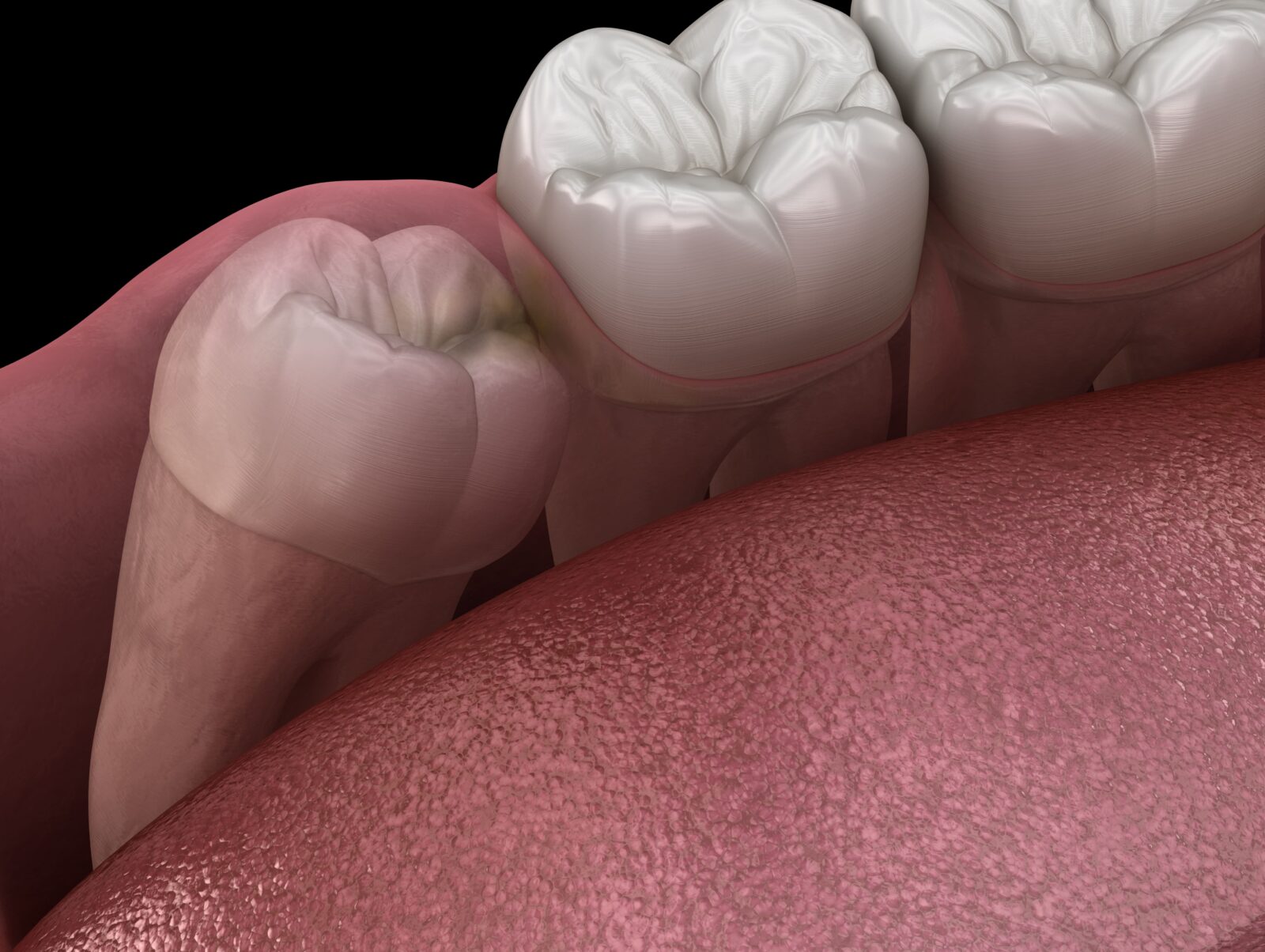Most people have 32 teeth in their mouth. Of those, four are wisdom teeth – also known as third molars. Wisdom teeth typically erupt between the ages of 17 and 25, but there is a lot of variation. Many people never even develop wisdom teeth, while others have to get them extracted because they cause problems. In this blog post, we’ll discuss what wisdom teeth are, when they erupt, and why they sometimes need to be extracted.
What are Wisdom Teeth?

Wisdom teeth are the third and final set of molars that most people get in their late teens or early twenties. They are called wisdom teeth because they usually come in around the time when you are considered old enough to have “wisdom.”
The jury is still out on the exact reason why wisdom teeth exist. Some scientists believe that wisdom teeth were once necessary for human survival. For our ancestors, wisdom teeth served an important purpose – they allowed them to grind down tougher food items that would otherwise be difficult to digest.
As the human diet has evolved, we no longer need wisdom teeth for grinding food. In fact, most people today have jaws that are too small to accommodate wisdom teeth. This is why wisdom teeth often become impacted – they get stuck in the jaw because there is no room for them to come in properly.
Symptoms of Wisdom Tooth Eruption
You can expect your wisdom teeth to start erupting between the ages of 17-25, however some people may have them come in earlier or later. Wisdom tooth eruption can cause a lot of pain and discomfort. The most common symptoms of wisdom teeth eruption include:
- Pain and tenderness in the gums
- Swelling in the gum tissue
- Bleeding gums
- Bad breath
- Difficulty opening the mouth
Basically any pain or symptoms that affect the back of your mouth could indicate that your wisdom teeth are trying to erupt. If you are experiencing any of the above symptoms, you should see a dentist as soon as possible. They will be able to take an x-ray of your mouth and determine if your wisdom teeth are coming in. Dental x-rays can also tell your dentist if your wisdom teeth are impacted or not.
What are Impacted Wisdom Teeth?

Impacted wisdom teeth are teeth that have failed to erupt fully into the mouth. They may be partially or completely stuck in the jawbone. Impacted wisdom teeth can cause a lot of pain and discomfort, and can also lead to other dental problems.
There are three types of wisdom teeth impactions:
1) Soft-tissue impaction – This is the most common type of wisdom tooth impaction. In a soft-tissue impaction, the wisdom tooth becomes stuck in the gum tissue. It may or may not be visible in the mouth.
2) Partial bony impaction – In a partial bony impaction, the wisdom tooth becomes stuck in the jawbone. It may or may not be visible in the mouth.
3) Complete bony impaction – This is the most severe type of wisdom tooth impaction. In a complete bony impaction, the wisdom tooth is completely buried in the jawbone and is not visible in the mouth.
Why Do Wisdom Teeth Need to be Extracted?
Most wisdom teeth will need to be extracted. This is because they often become impacted – meaning they get stuck in the jaw and come in at an angle. Impacted wisdom teeth can cause a number of problems. Impacted wisdom teeth can damage adjacent teeth, and may lead to infections, cysts, and tumors. They can also crowd or misalign your other teeth, and can also make it difficult to clean your mouth properly, which can lead to cavities and gum disease.
There are two types of wisdom tooth extractions: simple and surgical. Both types of extractions are performed using dental sedation and anesthetics. A simple extraction is when the dentist can remove the tooth without having to cut into the gum tissue. A surgical extraction is when the dentist has to make an incision in the gums to remove the tooth. Most wisdom teeth extractions are simple extractions. However, if the tooth is impacted or stuck in the jaw, a surgical extraction may be necessary.
Recovery from Wisdom Tooth Extraction
The recovery process from wisdom tooth extraction varies from person to person. It usually takes a few days for the pain and swelling to go down. You will likely have some bruising and bleeding as well. It is important to take it easy and avoid strenuous activity for at least 24 hours after the extraction. You should also eat soft foods and avoid drinking alcohol or using straws for the first few days.
In Conclusion
In this blog post, we discussed wisdom teeth – what they are, when they come in, and why they need to be extracted. We also discussed the different types of wisdom teeth impactions and the different types of extractions (simple vs surgical). Finally, we talked about recovery from wisdom tooth extraction and what you can expect. If you are experiencing wisdom tooth pain, don’t wait to see a dentist. They will be able to determine if your wisdom teeth are coming in and extract them if necessary. With proper care, you will be back to your normal self in no time!
Do you have any questions about wisdom teeth? Call our office today!
